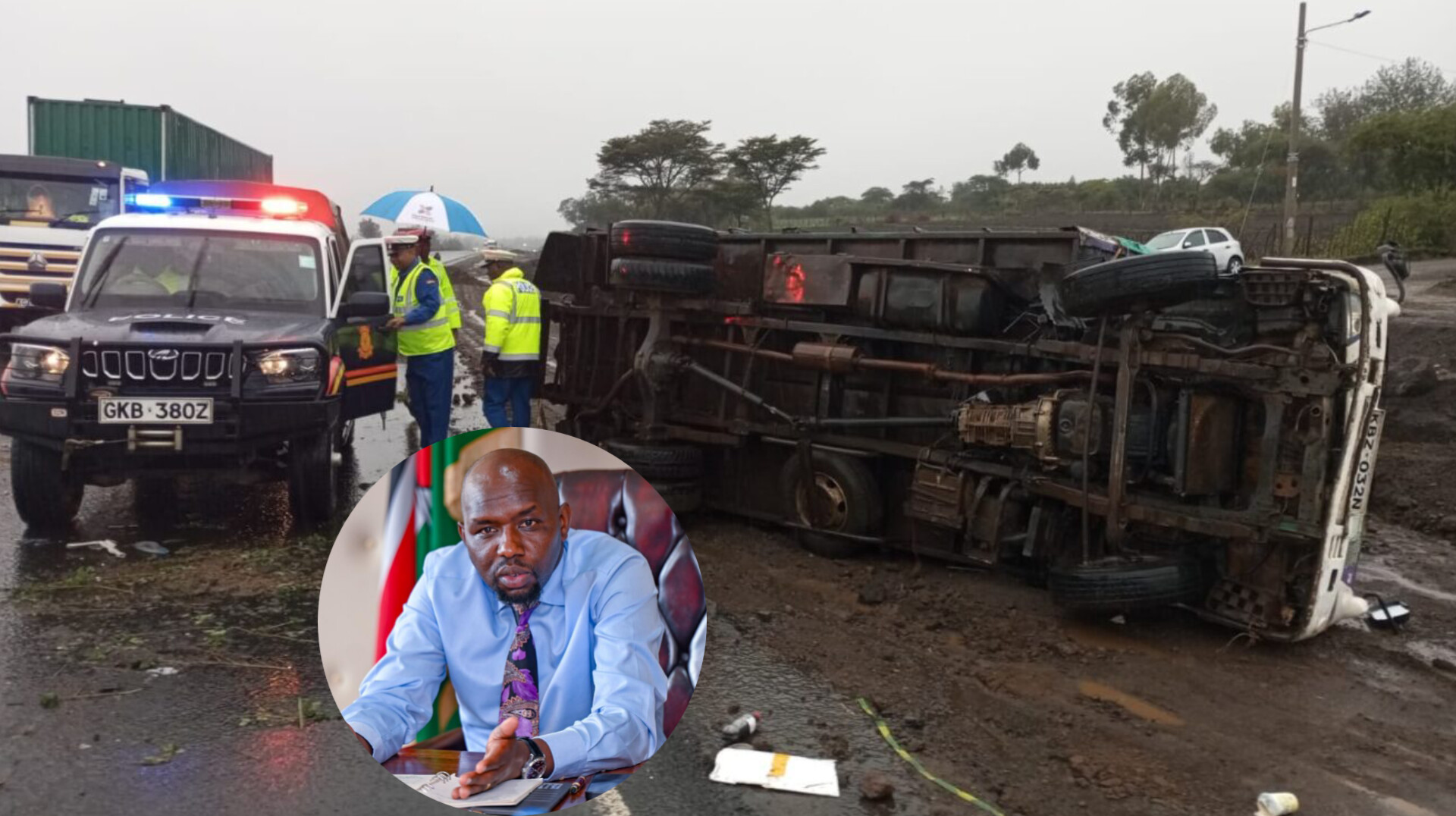AS dust settles on the death and burial of famous Tik Toker Brian Chira Wambui the question now remains, can the police arrest the truck driver who hit and killed him on March 16.
But Chira is only a statistic in the bigger question; can the Kenyan police trace a hit-and-run motorist who decides to give them a run for their money? And the question is not whether police have the goodwill but the capacity to investigate, trace and catch up with such a driver.
Causing death by dangerous driving is a very serious offence under Section 46 of the Traffic Act which attracts a jail term of up to 10 years. Failing to stop after the accident is the second offence and failing to report to police within 24 hours is the third offence, both under Section 73 of the same law.
Its however, very possible to be guilty of failing to stop and failing to report a fatal accident, but not guilty of causing the accident itself. In fact, the maximum fine for failing to stop or report is Ksh5,000.
Brian, a fairly controversial Tik Toker was killed by a hit-and-run canter truck at Gacharage area on Ndenderu-Ruaka Road in Karuri, Kiambu County. The accident occurred at around 3am, shortly after Chira had disembarked from a friend’s motorbike to walk his way home.
The friend said he came across Chira outside a local club after the Tik Toker had been ejected by security guards for allegedly causing chaos. Other witnesses claimed Brian was drunk and had been thrown out for being unruly.
When they reached Gacharage roundabout, Chira alighted from the bike and ran to the main road and that’s when he was knocked down by the speeding white lorry before the rider could get to him. He died on the spot.
Since the lorry did not stop or slow down police indicated they would review CCTV cameras along that road in their efforts to get the details of the vehicle.
I have participated in cases where police were able to extract footage from the highway cameras and to zero in on specific vehicles. The highway cameras are usually paired, one to capture the closeup details of the vehicle registration numbers and driver, and the other to take wide shot of the vehicle and the surroundings.
One of the cases involved theft of the subject vehicle and another case also involved theft of livestock carried on a truck.
Without CCTV evidence, police would only have to rely on public information, which hardly comes in Kenya as many witnesses shy away from volunteering intelligence to law enforcers.
What would happen if the driver was traced and arrested? Failing to stop and to report the accident would be the easiest charge to prove against him and he probably would plead guilty. But that is probably all he would be guilty of.
As regards causing the death of Chira, that would be a tall order for the police to prove. A fatal accident does not always mean the driver is guilty. Many issues would arise as set out in Section 46. Was the driver driving recklessly and dangerously? Did anyone witness that?
What was the hour and the nature of the road and weather? How about Chira, was he crossing at the right place and could he have totally put himself on the way of the truck. Was he so intoxicated as claimed.
With the time already lapsed and all those questions to be answered, the death of Chira could just be one of the many – either remaining unresolved or one in which justice has already settled itself.





